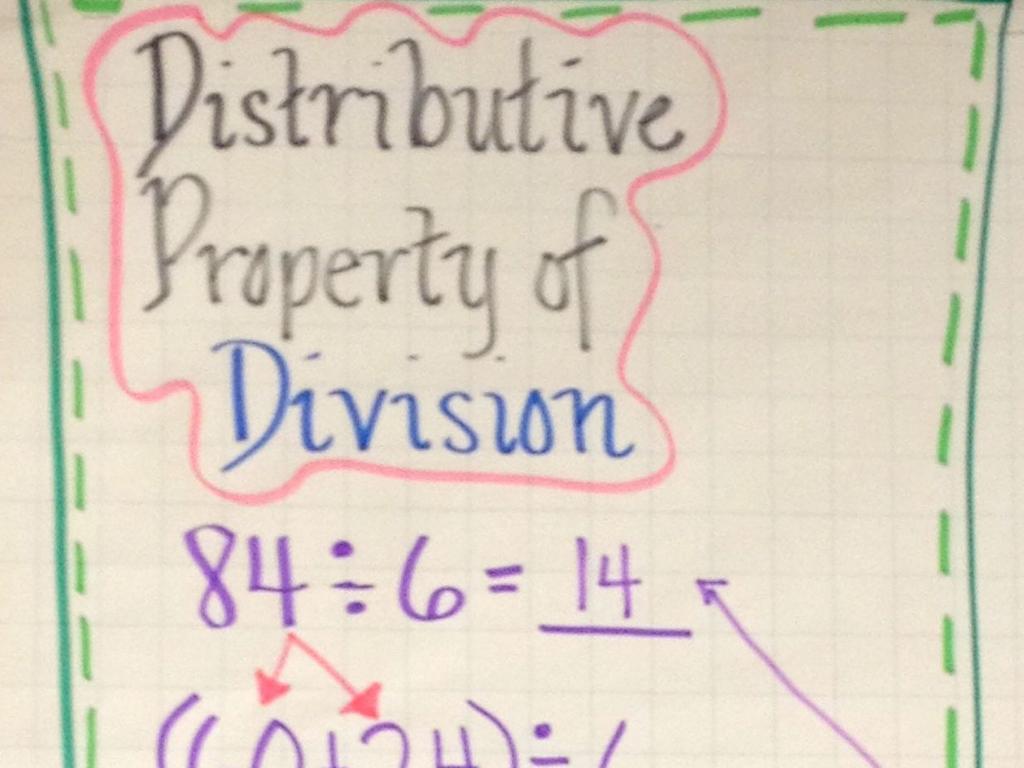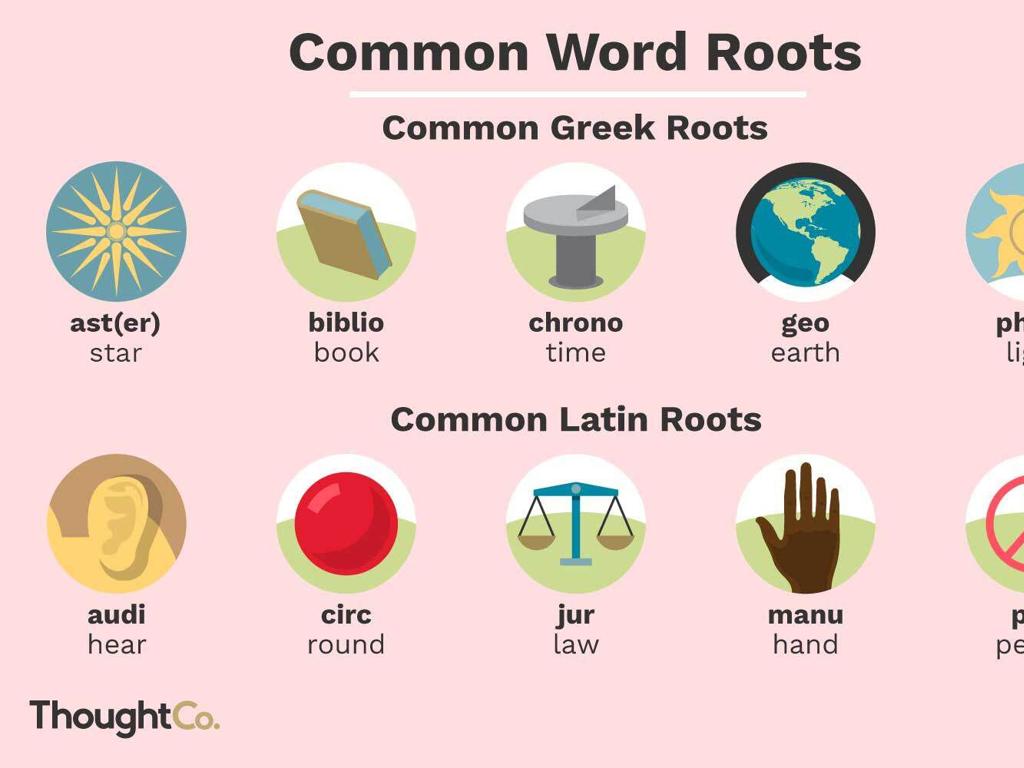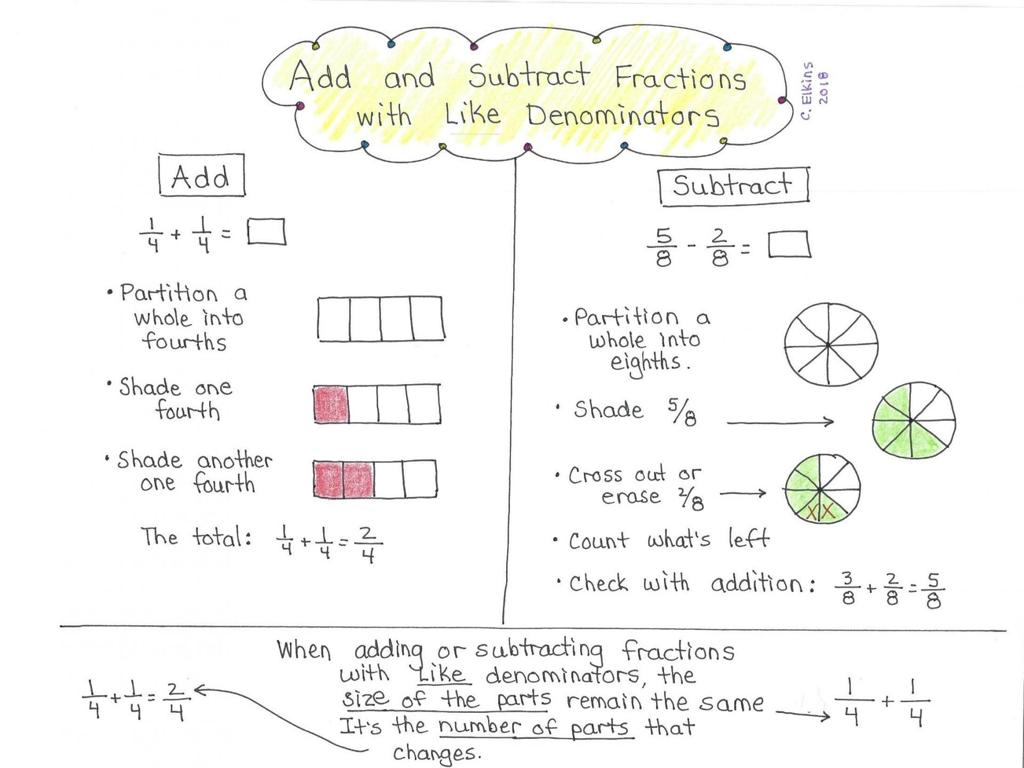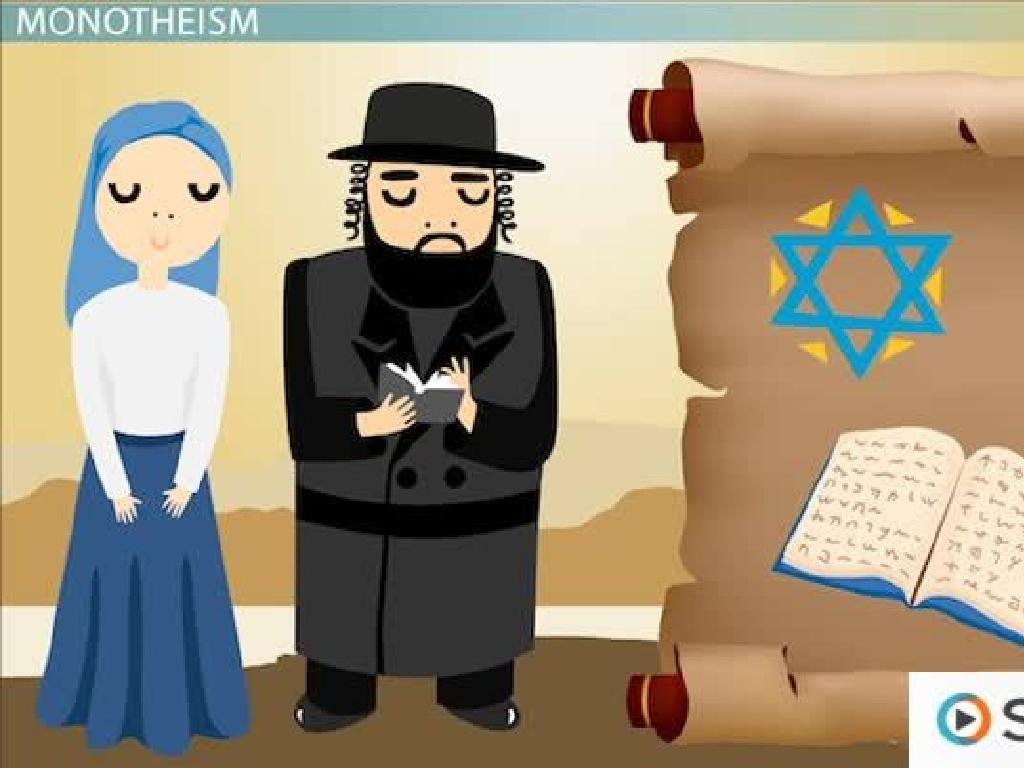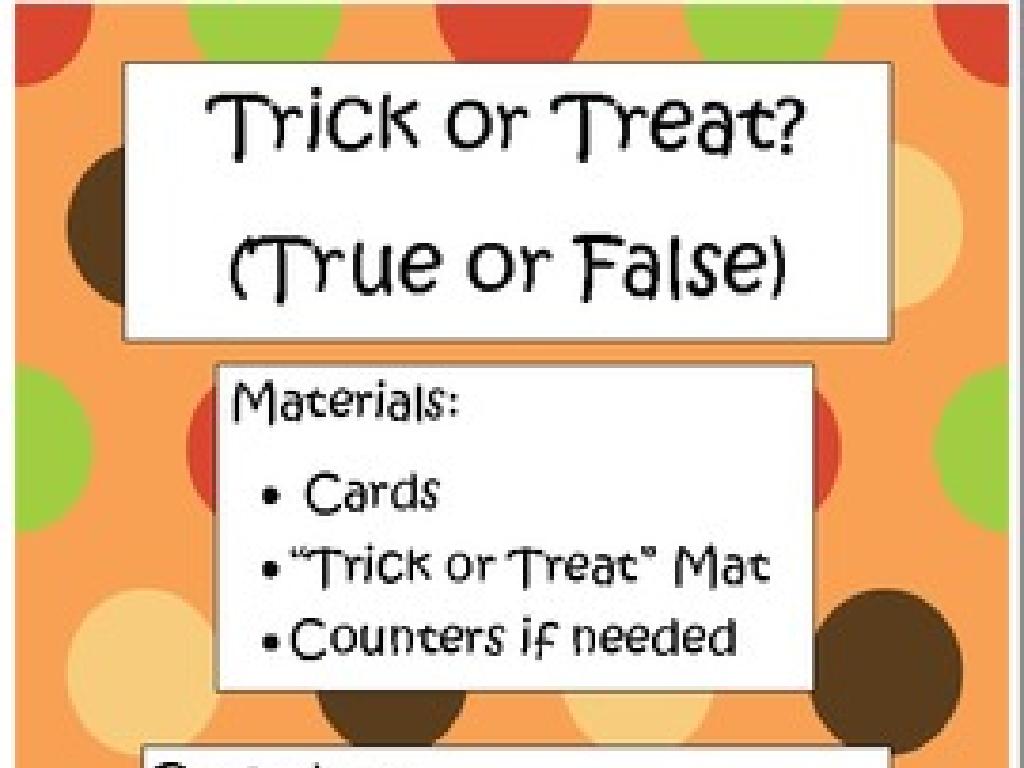Related Addition Facts
Subject: Math
Grade: First grade
Topic: Addition Strategies Up To 20
Please LOG IN to download the presentation. Access is available to registered users only.
View More Content
Welcome to Addition!
– Greeting our math adventurers
– Today’s journey: Related addition facts
– Related facts use numbers that are friends
– Why learn addition? Quick counting!
– Addition combines groups; makes bigger numbers
– Let’s add things up together!
|
Begin the class with a warm welcome to set a positive tone for learning. Introduce the concept of related addition facts, which are groups of numbers that work together to make addition easier. Explain that addition is a tool that helps us count things more quickly than counting one by one. Use examples like adding apples in two baskets to show how addition combines them into a total count. Encourage participation by asking students to think of things they could add together. This will help them understand the practical use of addition in everyday life. Prepare to engage the students with visual aids or physical objects to demonstrate addition.
Understanding Related Addition Facts
– What are related facts?
– Groups of additions with the same numbers
– Same numbers, different order
– Example: 2 + 3 and 3 + 2
– 2 + 3 = 5 and 3 + 2 = 5 show related facts
– The sum remains constant
– No matter the order, the answer is 5
|
This slide introduces the concept of related addition facts to first graders, emphasizing that the order of numbers may change but the sum remains the same. Start by explaining that related facts are like friends who like to switch places in line but still have the same amount of items when they combine their toys. Use simple, tangible examples to illustrate the point, such as combining red and blue blocks in different orders but ending up with the same total number of blocks. Encourage students to think of their own examples and to understand that addition is commutative – the order of addends does not affect the sum.
Let’s Practice Together: Adding Apples
– Starting with 4 apples, add 1 more
– How many apples do we have now?
4 apples plus 1 apple makes 5 apples
– Starting with 1 apple, add 4 more
– How many apples do we have in total?
1 apple plus 4 apples also makes 5 apples
|
This slide is an interactive class activity designed to help first graders understand the concept of addition by using a relatable example of adding apples. Start by showing them the first scenario where they have 4 apples and get 1 more. Ask the class to count together to find the total. Then, present the second scenario where they start with 1 apple and get 4 more. This will help them see that the order of adding numbers does not affect the result. Encourage the students to visualize the apples as they add them, and use their fingers to count if needed. The goal is to make them realize that 4 + 1 and 1 + 4 both equal 5, demonstrating the commutative property of addition in a way that is understandable at their level.
Finding Patterns with Addition
– Use a number line to find patterns
– A number line helps us visualize adding numbers.
– Jumping on the number line
– We’ll hop forward to add numbers together.
– Numbers switch places, same answer
– 3 + 2 is the same as 2 + 3; both equal 5.
– Understanding addition patterns
|
This slide is aimed at helping first graders recognize patterns in addition by using a number line. Demonstrate how to use a number line by physically jumping or using a pointer to ‘hop’ to the right for each addition step. Emphasize that the order of numbers in addition doesn’t affect the result, known as the commutative property of addition. For example, show that whether we add 2 then 3, or 3 then 2, we always land on 5. Encourage students to practice with different numbers and observe the pattern. This understanding will help them become more confident in their addition skills and recognize that numbers can be added in any order, making math a bit easier and more fun.
Your Turn to Find Related Facts!
– I’ll give you numbers to work with
– You find the related addition facts
– Just switch the numbers around
– For example, if we have 3 and 5, it can be 3+5 or 5+3
– Let’s practice with 5 and 3!
– Both 5+3 and 3+5 equal 8
|
This slide is an interactive class activity designed to help first graders understand the concept of related addition facts. Start by explaining that related facts are simple addition equations that use the same numbers. Demonstrate with the numbers 5 and 3 that when you switch the order of the numbers in an addition sentence, the sum remains the same. Encourage the students to find the sum of 5+3 and then 3+5 to see that both equal 8. Provide additional pairs of numbers for the students to practice with, such as 4 and 2, 6 and 1, or 7 and 3. This activity will help solidify their understanding of the commutative property of addition. For students who finish early or need an extra challenge, provide three numbers and ask them to find all the related facts.
Using Related Facts in Stories
– Counting red and blue balloons
– Adding 3 red balloons to 2 blue ones
– 3 red + 2 blue = 5 balloons in total
– Switching colors: does the total change?
– 2 blue + 3 red still makes 5 balloons
– Understanding addition is commutative
– Whether red or blue comes first, the sum is the same
|
This slide is aimed at helping first graders understand the commutative property of addition through a relatable story involving balloons. Start by asking the students to visualize the scenario with the balloons and encourage them to count the total number of balloons. After they’ve added the balloons together, introduce the concept of switching the colors and ask if the total changes, guiding them to see that the order of addition does not affect the sum. This reinforces the idea that addition is commutative, meaning numbers can be added in any order and the total will remain the same. Use this story as a foundation for students to practice related addition facts with different objects or numbers.
Class Activity: Addition Fact Pairs
– Play a matching game with cards
– Find related addition fact cards
– Related facts use the same numbers, like 2+3 and 3+2
– Pair up and work with a friend
– See how many pairs you can match
|
This activity is designed to help students understand the concept of related addition facts through a fun and interactive matching game. Prepare a set of cards with addition facts up to 20 beforehand. Each card should have one addition fact, and there should be a matching card with the related fact (e.g., one card with 4+5 and another with 5+4). Students will work in pairs to find as many matching related fact pairs as possible. Encourage them to discuss their findings with their partner to reinforce their understanding. Possible variations of the activity could include timing the students to add a competitive element, having them create their own related fact cards, or asking them to explain why the facts are related after finding a pair.
Great Job on Addition Facts!
– Celebrate learning related facts
– Related facts are like friends
– Just like friends always hang out, so do related numbers in addition!
– Practice with family at home
– Share your new math skills with family members
– Keep finding facts that go together
– Look for patterns in numbers that help them connect
|
This slide is meant to congratulate the students on their hard work learning related addition facts. Emphasize the concept that related facts are interconnected, much like friendships, to help them remember this strategy. Encourage them to continue practicing at home with their families, turning it into a fun activity they can share. Reinforce the idea that practice is key to becoming comfortable with finding and understanding related addition facts. Provide some simple examples or a mini-game that they can play with their parents or siblings to keep them engaged and learning outside of the classroom.

